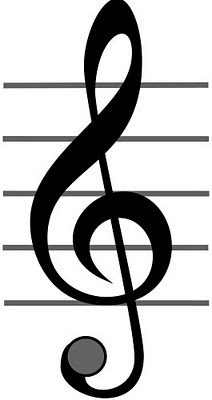
Do you know what SQUILT means? This is what I used to ask my elementary school music students, and now I'm getting ready to ask my own children this same question. (I'm sure you don't know what SQUILT is either, right?). Simply put SQUILT is Super Quiet Uninterrupted Listening Time. I will give you a quick explanation of how SQUILT works and maybe you will want to use it with your homeschoolers.
First, you should choose some short pieces of music. A good place to start might be by using the CD "Beethoven's Wig". I like to choose pieces that don't have any words and that are generally interesting and exciting to children - all of the selections on Beethoven's Wig offer the original version of a classical piece of music, and then a silly version (which has words added - the words ALWAYS help the children remember the music!). If you have a good collection of music you can simply choose your own.
Explain to your children that you are going to have SQUILT time (I always made a poster with the SQUILT composer of the week - picture, birth and death dates, famous pieces they wrote, etc...). Allow your kids to just lay on the floor and relax to listen to the music. But, they must not talk at all! After the piece is done, talk to your children about the music (at the end of this post I will provide a link for you to download a form to help!) and have them talk to you about the different elements of music. Technically the four elements of music are RHYTHM, MELODY, HARMONY, and DYNAMICS, but on the sheet I will provide I categorize then as dynamics, rhythm, instrumentation, and mood.
For your littlest ones, two or three minutes of quiet listening is great. For your older children, they can listen to at least five minutes (if not more). If you want to record their observations, print out the SQUILT student form and add it to their notebooks. There is a "Critic's Ranking" where your children can give it up to five stars if they really like it. Wouldn't it be great to keep a whole SQUILT Notebook for the year and then look back upon what great music your children had listened to?
If you want to get really involved with composers, go to Classics for Kids and follow their suggestions for composers and pieces to listen to. There are so many possibilities!! You can even listen to the music for free on their site, and I love their choices. I may use this as my guide, since my kids are very familiar with all of the Beethoven's Wig CDs.
This year I will be doing SQUILT with my children, so starting the week of August 9, please check back to see who our SQUILT composer is and what pieces we are listening to (by the way, if music doesn't have words it's called a PIECE - don't call something a SONG unless it actually has someone in it who is singing!). I will also give you some questions to ask after before and after listening which might help guide your student into more careful listening. The first several times you try this, your children's responses may be limited, but give them time to develop their ears and you will be amazed what they come up with!
Please let me know if you use this with your children - I'd like to know your thoughts!

